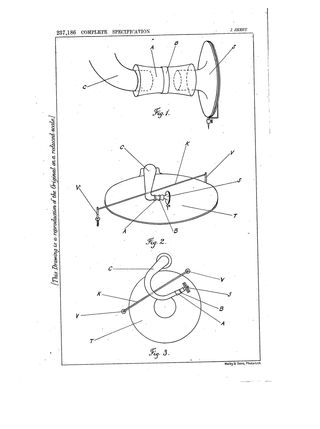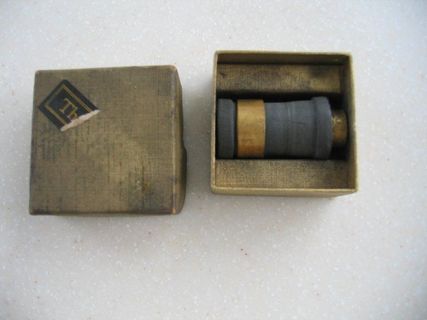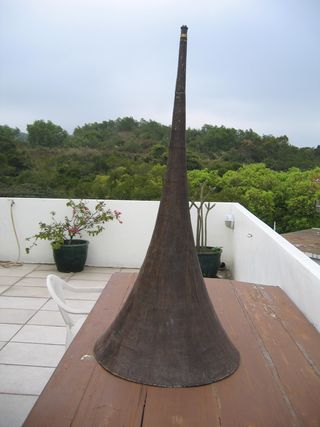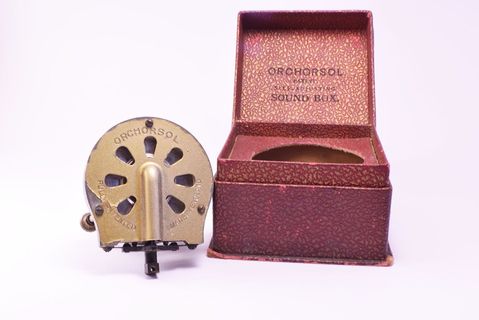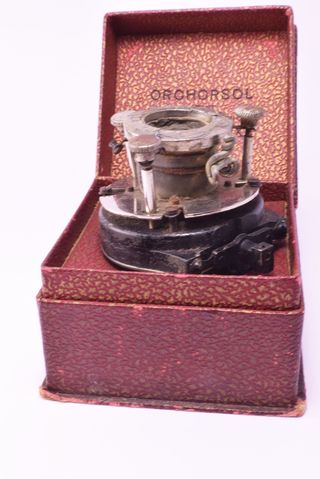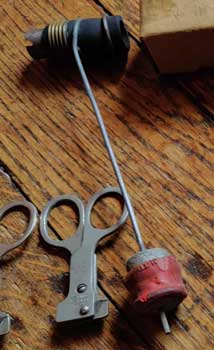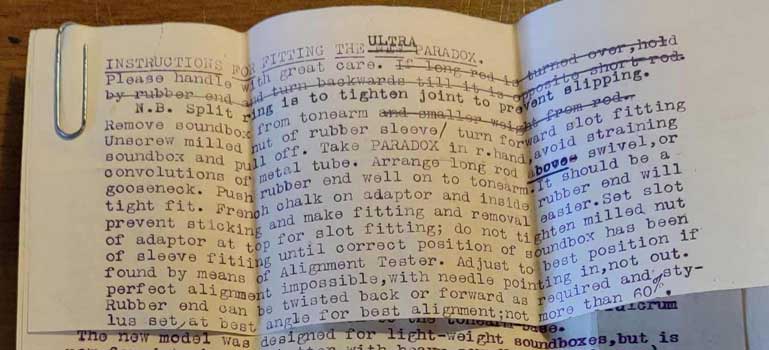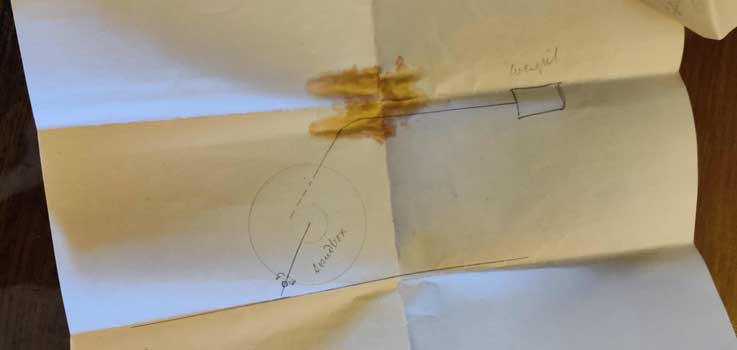Rev L.D. Griffith and the "LIFEBELT"
Reverend Leopold David Griffith: Born in Norwood, Surrey, England in 1884, died 1960 in Winchester, Hampshire, England.
The Rev L.D. Griffith first makes an appearance in “The Gramophone” magazine in Nov 1925: He was the inventor of and held the patent for the “Lifebelt”. A piece of rubber to attach between the tonearm and the soundbox, this flexibility allowed tuned gramophones to achieve a fuller sound especially in the bass registers.
- Nov 1925: Editor of “The Gramophone” Compton Mackenzie, writes a lengthy article about the “Lifebelt” that the Rev L.D. Griffith had sent him; “In fact, it was nothing but a little piece of India-rubber tubing apparently cut off a garden hose and enclosed in two curtain rings.” The article goes on to discuss experimental results of using a “Lifebelt”. Others also experimented with the “Lifebelt”.
“Mr. Wilson went home, and a day or two later I had a letter from Mr. Balmain to say that he had been using a piece of rubber-tubing himself for years and that many other gramophonists did the same.”The article attached as a PDF file. - Oct 1926: The lifebelt was being used in the Orchorsol soundbox.
- Throughout the 1930’s the reverend wrote several articles in “The Gramophone” self-promoting the “Lifebelt”.
The 1940’s saw him regularly advertise his “Lifebelt” under various guises. This even with electrical reproduction well established. - Aug 1943: He was advertising and selling, “SIMPLE Instructions for improving Acoustic Gramophones.”
- Sept 1947: “PARADOX BOOKLET, 1s.; New Paradox, 10s.; Ultra-Paradox, 7s. 6d.— Rev. L. D. Griffith, F.R.S.A., Tunstead Vicarage, Bacup, Lancs.”
- Oct 1949: “ACOUSTIC GRAMOPHONES. Reflex Hood. 2s. 9d.; Ultra-lifebelt. 7s. 6d.; stamp for literature. Rev L. D. Griffith, Barford St. Martin, Salisbury.”
- April 1950: “NEW FLEXIBLE DIAPHRAGM. Your soundbox transformed. Rev. L. D. Griffith”
- Throughout the 1950’s he writes several articles about the merits of fibre needles and decries manufacturers of record players for not making ones available with spring motors to play 33rpm records.
- Jan 1956: Last ad “BARFORD CONTROL, improves LPs. 78s or radio, easily fitted any set, 7s. 6d. post free. Rev. L. D. Griffith. Rectory, Barford St. Martin, Salisbury.”
I hazard to guess the Barford Control has something to do with a piece of rubber hose. The merits of the reverend's “Lifebelt “, were still being praised by “The Gramophone” well into the 1960’s.
The Ultra Paradox with instructions. C. 1947. A counterweight with a “Lifebelt”. Found with the Expert All-Range at Harewood House.
